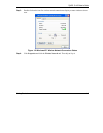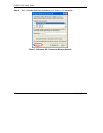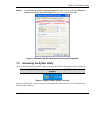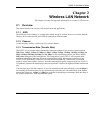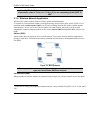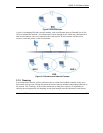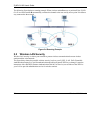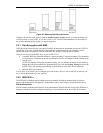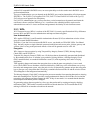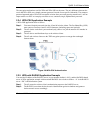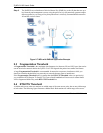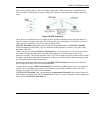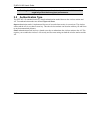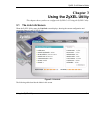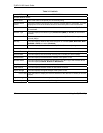
ZyXEL G-162 User’s Guide
Wireless LAN Network 2-5
Figure 2-5 Wireless LAN Security Levels
Configure the wireless LAN security using the Profile Security Settings screen. If you do not enable any
wireless security on your ZyXEL G-162, the ZyXEL G-162’s wireless communications are accessible to
any wireless networking device that is in the coverage area.
2.2.1 Data Encryption with WEP
WEP (Wired Equivalent Privacy) encryption scrambles all data packets transmitted between the ZyXEL G-
162 and the AP or other wireless stations to keep network communications private. Both the wireless
stations and the access points must use the same WEP key for data encryption and decryption.
There are two ways to create WEP keys in your ZyXEL G-162.
• Automatic WEP key generation based on a “password phrase” called a passphrase. The passphrase
is case sensitive. You must use the same passphrase for all WLAN adapters with this feature in the
same WLAN.
For WLAN adapters without the passphrase feature, you can still take advantage of this feature by
writing down the four automatically generated WEP keys from the Security Settings screen of the
ZyXEL Utility and entering them manually as the WEP keys in the other WLAN adapter(s).
• Enter the WEP keys manually.
Your ZyXEL G-162 allows you to configure up to four 64-bit, 128-bit or 256-bit WEP keys and only one
key is used as the default key at any one time.
2.2.2 IEEE 802.1x
The IEEE 802.1x standard outlines enhanced security methods for both the authentication of wireless
stations and encryption key management. Authentication can be done using an external RADIUS server.
EAP Authentication
EAP (Extensible Authentication Protocol) is an authentication protocol that runs on top of the IEEE802.1x
transport mechanism in order to support multiple types of user authentication. By using EAP to interact



